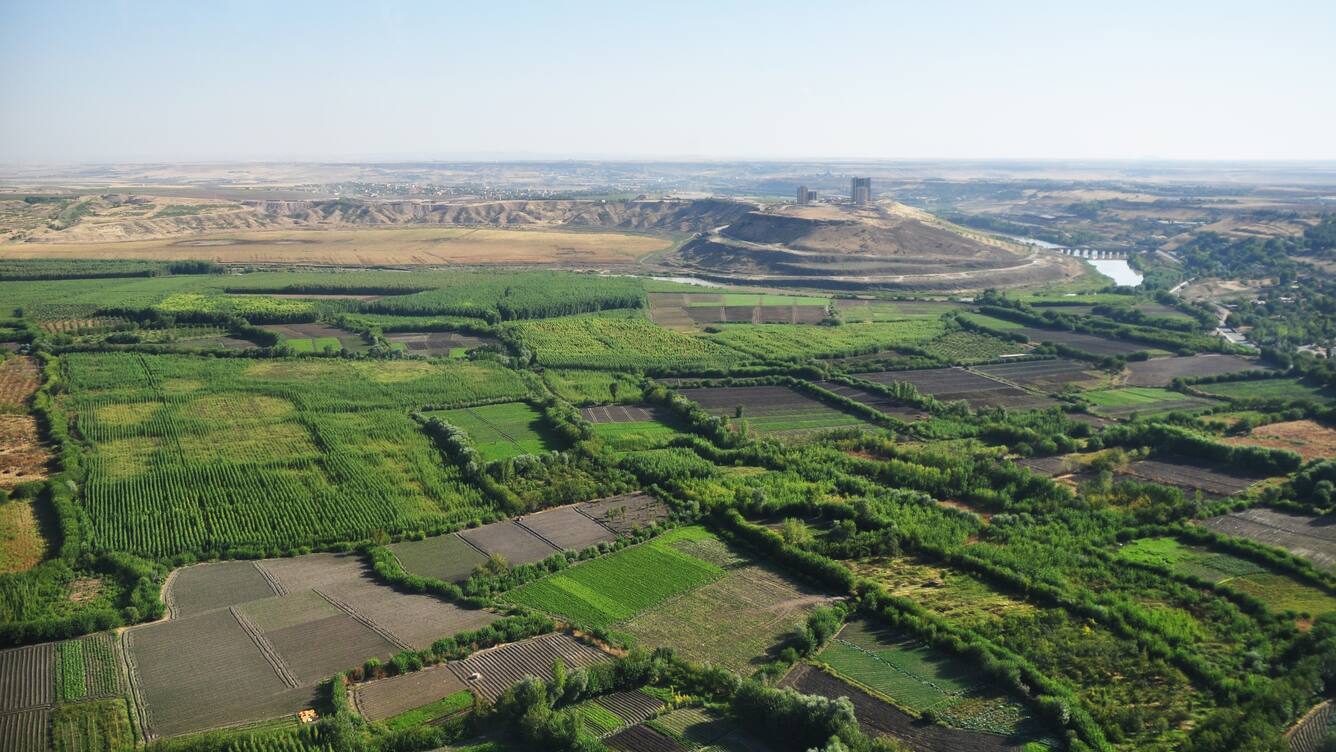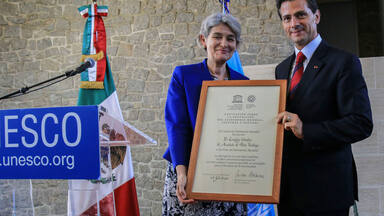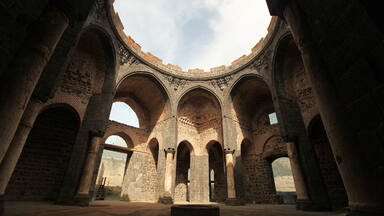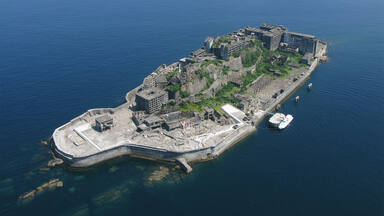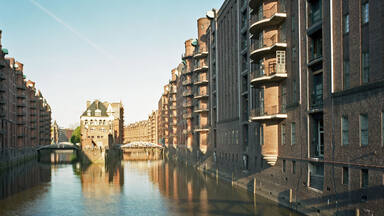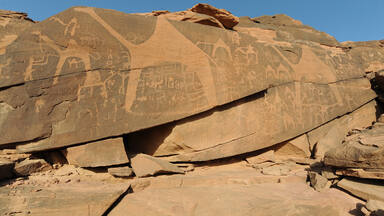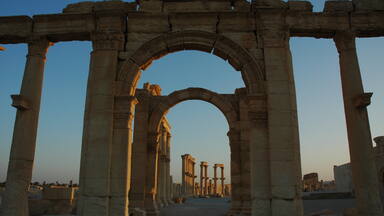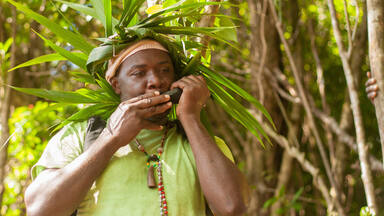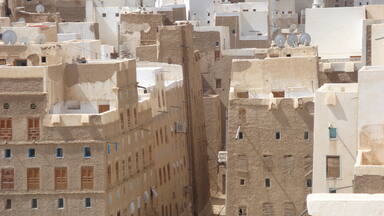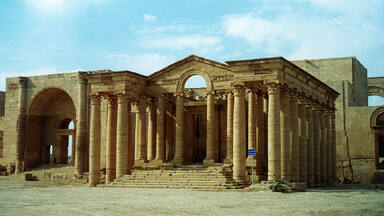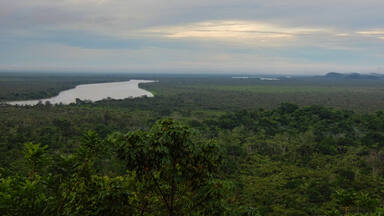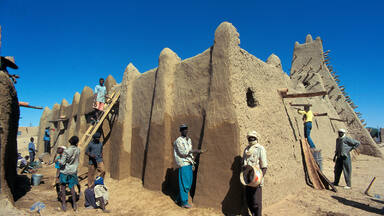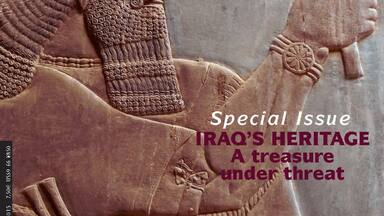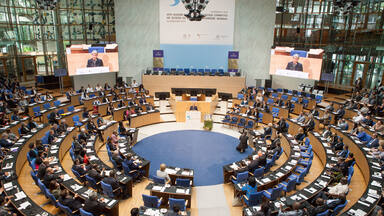Sites in Denmark, France and Turkey inscribed on UNESCO’s World Heritage List
The World Heritage Committee this afternoon approved the inscription of five cultural sites on World Heritage List. Two Danish sites were added to the List: Christiansfeld, a Moravian Church Settlement and The Par Force Hunting Landscape in North Zealand. The Climats, terroirs of Burgundy and Champagne Hillsides, Houses and Cellars, both in France, were also inscribed alongside the Diyarbakir Fortress and Hevsel Gardens Cultural Landscape in Turkey.
Christiansfeld, a Moravian Church Settlement (Denmark) — Founded in 1773 in South Jutland, the site is an example of a planned settlement of the Moravian Church, a Lutheran free congregation centred in Herrnhut, Saxony. The town was planned to represent the Protestant urban ideal, constructed around a central Church square. The architecture is homogenous and unadorned, with one and two-storey buildings in yellow brick with red tile roofs. The democratic organization of the Moravian Church, with its pioneering egalitarian philosophy, is expressed in its humanistic town planning. The settlement’s plan opens onto agricultural land and includes important buildings for the common welfare such as large communal houses for the congregation’s widows and unmarried men and women. The buildings are still used by an influential community of the Moravian Church.
The Par Force Hunting Landscape in North Zealand (Denmark) — Located about 30 km northeast of Copenhagen, this cultural landscape encompasses the two hunting forests of Store Dyrehave and Gribskov, as well as the hunting park of Jægersborg Hegn/Jægersborg Dyrehave. This is a designed landscape where Danish kings and their court exercised par force hunting, or hunting with hounds, which reached its peak from the Middle Ages to the end of the 16th century. With hunting lanes laid out in an orthogonal grid pattern, their numbered stone posts, enclosures and hunting lodges, the site demonstrates the application of Baroque landscaping principles to forested areas.
The Climats, terroirs of Burgundy (France) — The climates are precisely delimited vineyard parcels on the slopes of the Côte de Nuits and the Côte de Beaune south of the city of Dijon. They differ from one another due to specific natural conditions (geology and exposure) as well as vine types and have been shaped by human cultivation. Over time they came to be recognized by the wine they produce. This cultural landscape consists of two parts. Firstly, the vineyards and associated production units including villages and the town of Beaune, which together represent the commercial dimension of the production system. The second part includes the historic centre of Dijon, which embodies the political regulatory impetus that gave birth to the climats system. The site is an outstanding example of grape cultivation and wine production developed since the High Middle Ages.
Champagne Hillsides, Houses and Cellars (France) — The property encompasses sites where the method of producing sparkling wines was developed on the principle of secondary fermentation in the bottle since the early 17th century to its early industrialization in the 19th century. The property is made up of three distinct ensembles: the historic vineyards of Hautvilliers, Aÿ and Mareuil-sur-Aÿ, Saint-Nicaise Hill in Reims, and the Avenue de Champagne and Fort Chabrol in Epernay. These three components – the supply basin formed by the historic hillsides, the production sites (with their underground cellars) and the sales and distribution centres (the Champagne Houses) - illustrate the entire champagne production process. The property bears clear testimony to the development of a very specialized artisan activity that has become an agro-industrial enterprise.
Diyarbakir Fortress and Hevsel Gardens Cultural Landscape (Turkey) — Located on an escarpment of the Upper Tigres River Basin that is part of the so-called Fertile Crescent, the fortified city of Diyarbakir and the landscape around has been an important centre since the Hellenistic period, through the Roman, Sassanid, Byzantine, Islamic and Ottoman times to the present. The site encompasses the Amida Mound, known as İçkale (inner castle), the 5.8km-long city walls of Diyarbakir with their numerous towers, gates, buttresses, and 63 inscriptions from different periods, as well as Hevsel Gardens, a green link between the city and the Tigris that supplied the city with food and water.
The inscription of sites will continue through 5 July. The Committee will end its 39th session on 8 July.
Watch Live Live broadcast of the Committee’s work
Documents All the working documents of the World Heritage Committee
Inscriptions World Heritage New Inscriptions
Isabelle Le Fournis
i.le-fournis@unesco.org
+33 (0) 6 12 19 74 01.
Agnès Bardon
a.bardon@unesco.org,
+33 (0) 6 80 24 13 56
Video footage and images of the sites added to the List of World Heritage in Danger and of sites added to the World Heritage List:
Videos Photos
